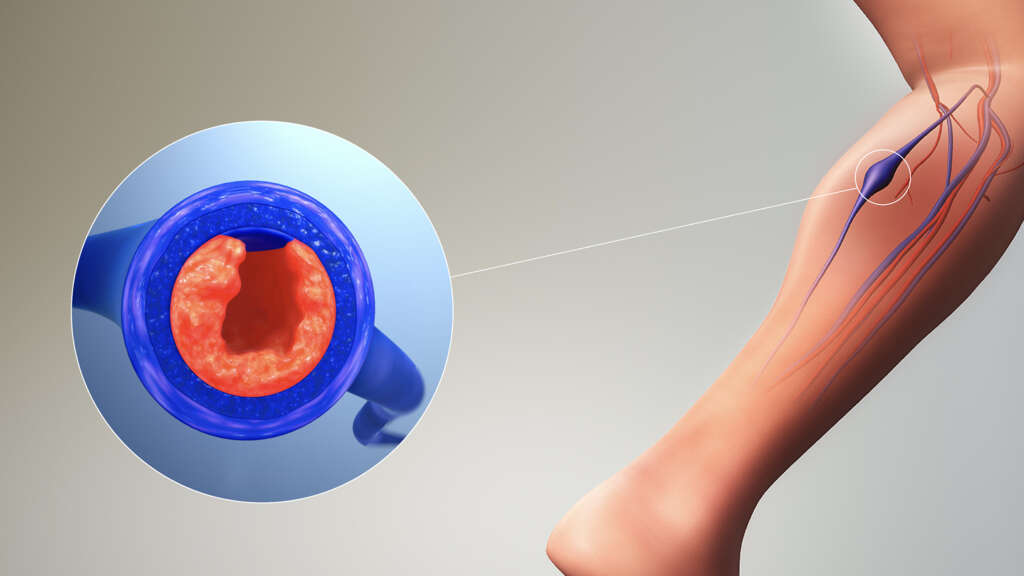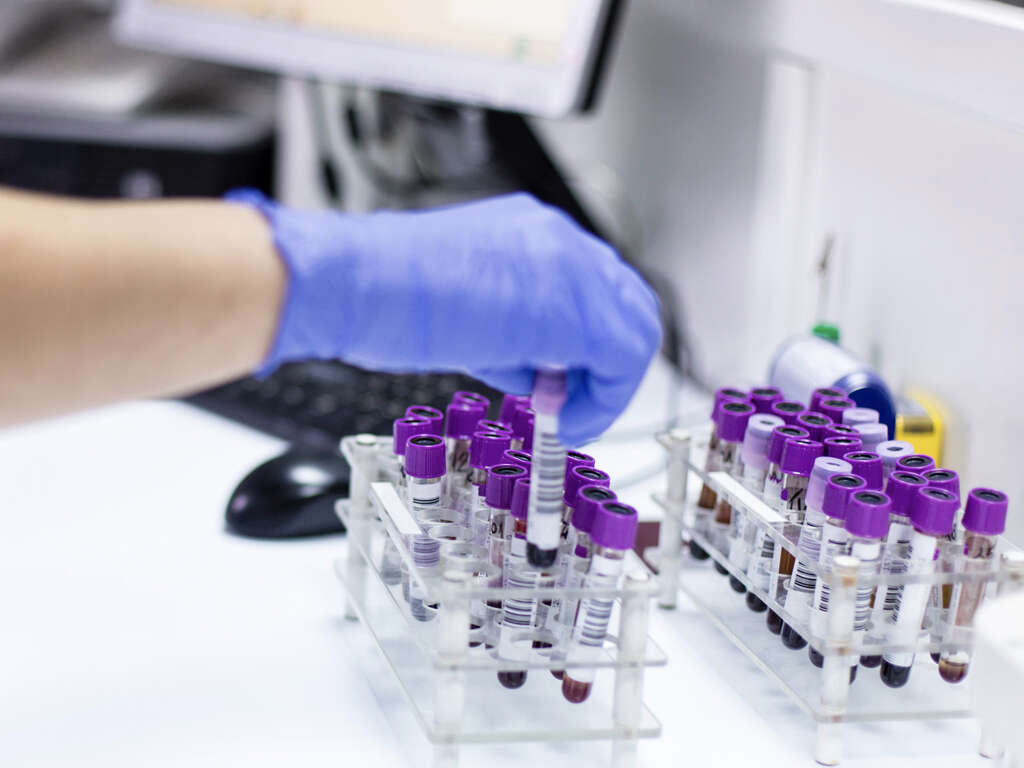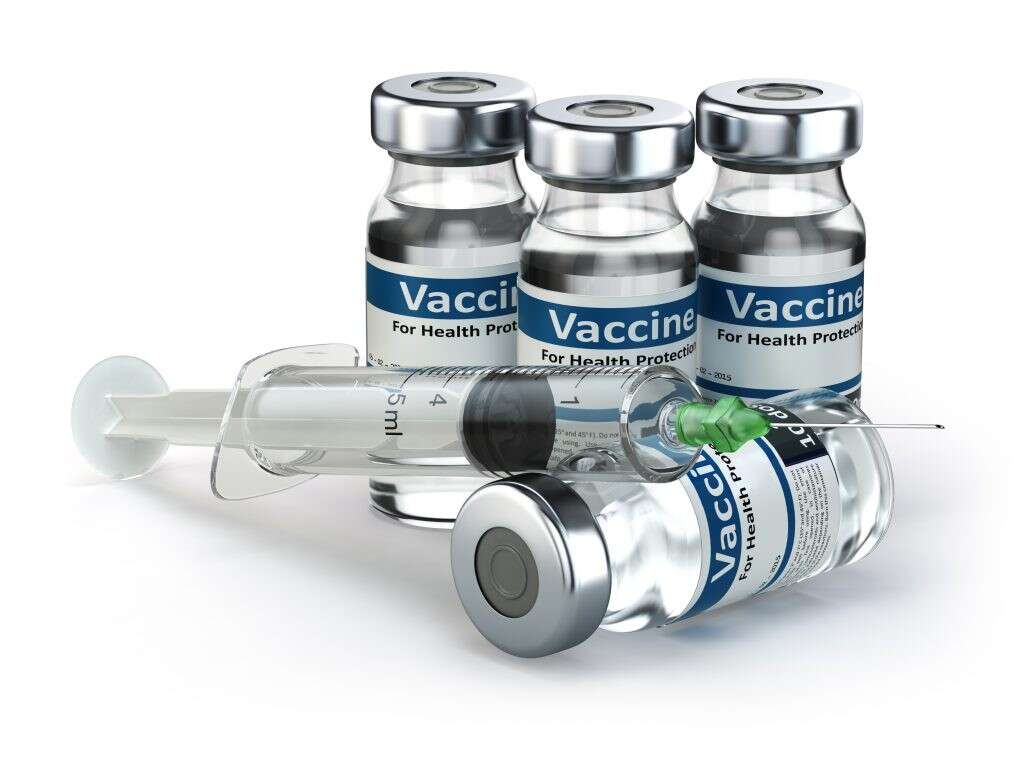What Is Antiphospholipid Syndrome?
5. Deep Vein Thrombosis
As you may already know, thrombosis is the formation of a blood clot or a thrombus, within a blood vessel. A thrombus prevents blood from flowing normally through the circulatory system. As explained above, people with antiphospholipid syndrome have a higher risk of thrombotic events (i.e. DVT).
Deep vein thrombosis (DVT) is simply when a thrombus forms in one or more of the deep veins in your body, usually in the veins located in your legs. Signs and symptoms of deep vein thrombosis are usually localized (on the affected leg) and include pain, swelling, redness, and warmness. Dangerously, these clots can break loose and travel through your bloodstream to your lungs, blocking blood flow (pulmonary embolism). Symptoms of pulmonary embolism include chest pain, sudden shortness of breath (sudden dyspnea), and coughing up blood-streaked mucus.
Advertisement












